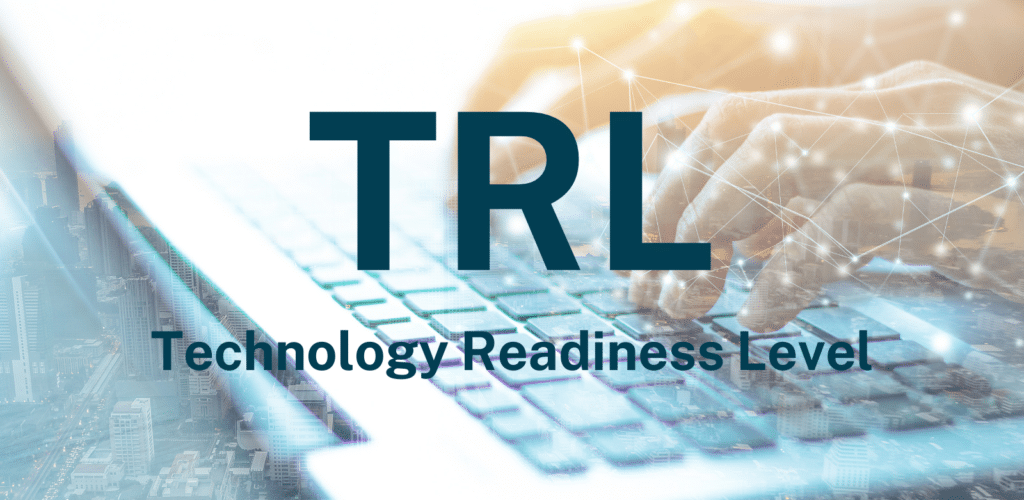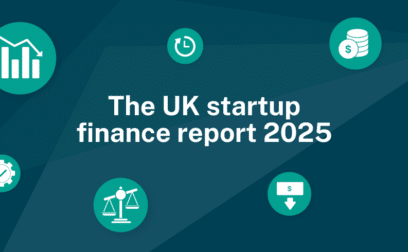AUTHOR: Emma Knudsen, Account Manager at Swoop
Grant funding can be a lifeline to businesses developing new technologies. Make sure you hit the “sweet spot” with your application.
If your business is developing a new technology, your technology readiness level (TRL) is an essential metric. TRL is used to assess a project’s maturity level, or the stage the project is currently at. This measurement system was originally invented by NASA to assess if a particular technology is suitable for its environment. Today it is used in various industries to understand the maturity of a project, in particular for new innovation and product development.
How can TRL be used when it comes to innovation grants?
TRL can also be used from an innovation grant funding perspective. With the use of TRL, it can make it easier for the provider of a grant to assess if your project would be eligible for grant funding. Grant funding for innovative projects is often only for research and development; projects past the research and development stage are rarely funded by grants. This is primarily due to the government only being interested in investing in research and development to make the UK more competitive.
Read more: our guide to Innovate UK’s Smart Grant programme.
The sweet spot for grant funding for innovative projects will be post-proof-of-concept and before the prototype/MVP is fully developed and ready to go to market. This can often be the most difficult time to secure investment as there is a long time period before the product will be revenue generating and therefore the return on investment will not be seen in the near future.
This is when grant funding providers come in. They are most interested in bridging the gap between idea and research stage to commercialisation of the innovation.

What stage is my project at?
There are a total of 9 levels a project can be classified as, these categories can be divided into 3 sections: research, development, and deployment.
TRL 1-3: Research
TRL4-6: Development
TRL 7-9: Deployment
TRL 1 will be the first stage of your project, when the idea is created. TRL 9 is the last and final stage, at this point, your project is complete and your product is ready to be commercialised. Here’s a further deep dive into the different stages:
TRL 1: Basic principles observed
The seed of your idea is planted and you begin planning the research for your project.
TRL 2: Technology concept formulated
The roots begin to grow and the idea will start to take form. The basic principles have been defined at this stage and the project is very abstract since there is little to no proof of concept for the idea.
TRL 3: Experimental proof of concept
Active research and design should take place in TRL 3. Laboratory and analytical studies are required to understand if the technology is viable to move along in the development process. At this stage, a proof-of-concept model will often be constructed.
TRL 4: Technology validated in the lab
Your technology is now at the development stage. When the proof-of-concept is ready the technology will be moved to TRL 4. At this stage, multiple components are tested with each other to determine performance predictions in the final operating environment. This is essentially testing to see if your idea can grow and if it is worth pursuing.
TRL 5: Technology validated in a relevant environment
At this stage, the technology should be tested in environments as close to reality as possible. Stage 5 is often seen as a safety measure in that the tech is being tested in a ‘controlled’ environment and not in a public setting. When these tests are done the technology can move forward to TRL 6.
TRL 6: Technology demonstrated in a relevant environment
The technology should have a fully functional prototype or a working model at this stage and is almost ready to be released.
TRL 7: System prototype demonstration in an operational environment
The technology is now at the deployment stage and the prototype or model should be demonstrated in the actual environment or platform to demonstrate its performance.
TRL 8: System complete and qualified
The technology now has been tested and it is ready for implementation in its intended environment. This can be an already existing technology or technology system. This stage is also known as “flight qualified”.
TRL 9: Actual system proven in an operational environment
When the technology has been proven to operate successfully in the environment it can be classified as a TRL 9 technology and “flight proven”. This means the product is in the market and fully commercialised or fully ‘bloomed’.
How Swoop can help
If you’re working on a novel technology or an innovative project in the stage between TRL 3 and 7 you may be eligible for an innovation grant to support the research and development for this. Businesses of all stages from startups to blue-chips across different sectors can have relevant projects.
Register your business with Swoop to discover your potential grant opportunities and how Swoop can help you get grant funding.


































 yet? Register here!
yet? Register here!